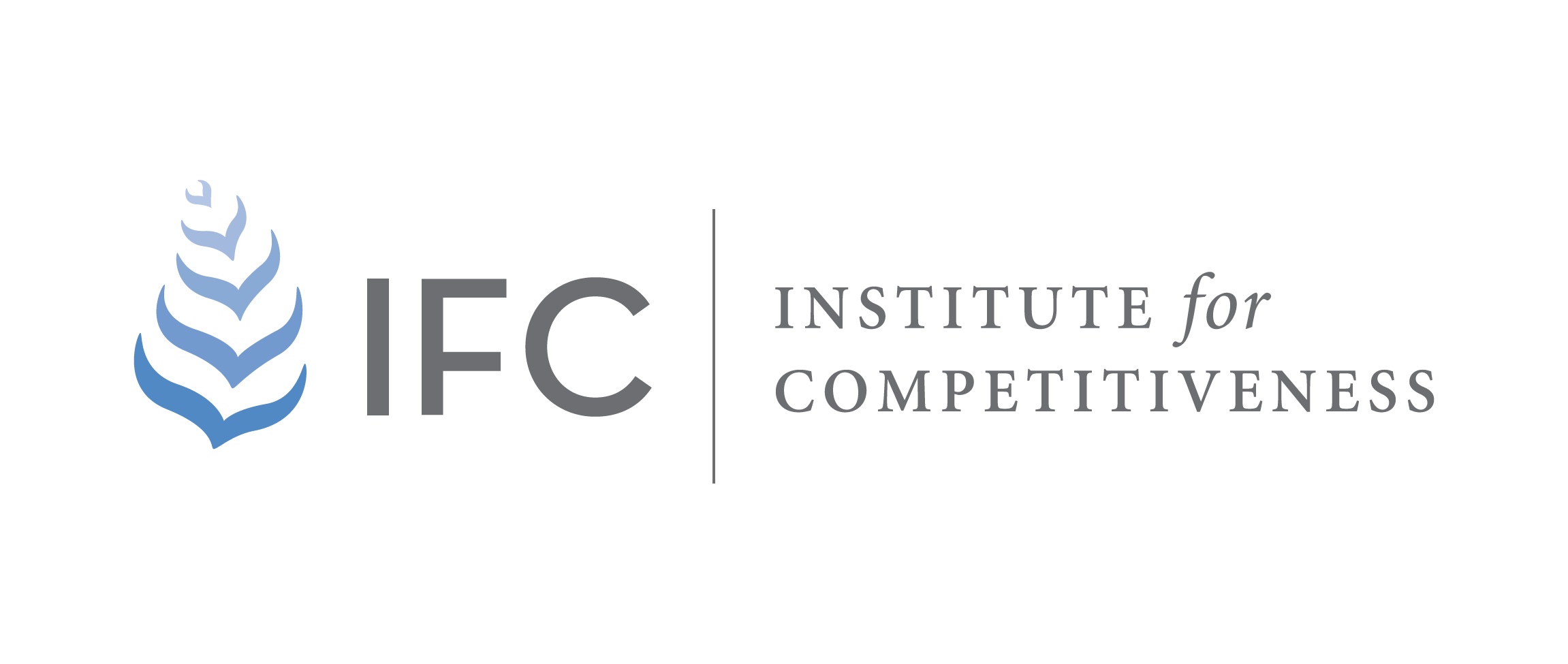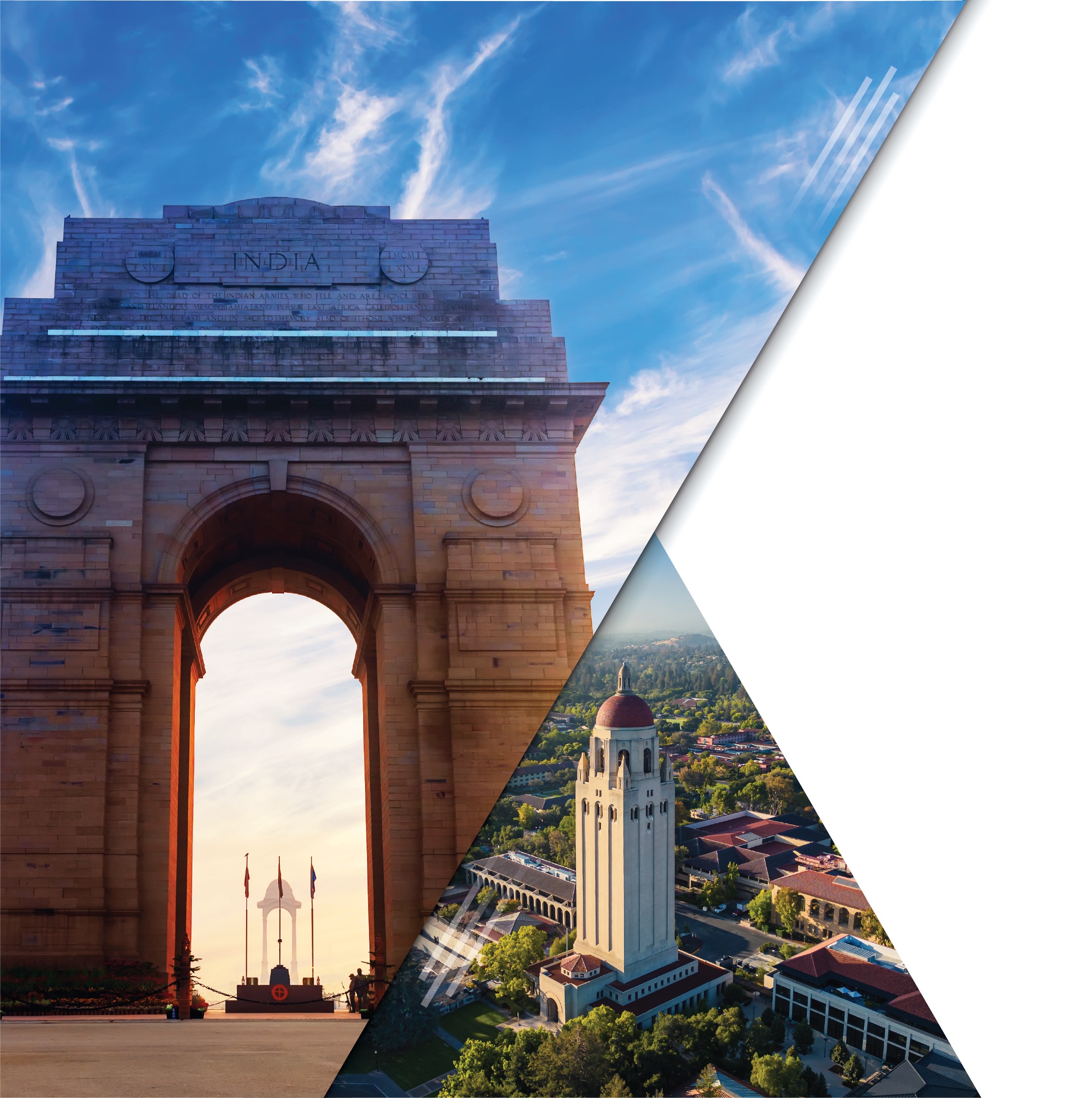By Amit Kapoor and Inputs by Nabha Sandip Joshi
Municipal Finances in Focus: A key to Transforming Urban Governance in India
Over 50% of municipal corporations generate less than half their revenue independently, with government transfers increasing by more than 20% in 2022-23, as highlighted by RBI’s recent report on Municipal Finances. The decentralisation of local governance is a linchpin in empowering municipal bodies to gain administrative autonomy and financial independence. Strengthening municipal revenue streams is not merely a financial necessity but a fundamental requirement for effective urban governance. Municipalities can develop more responsive and sustainable urban management strategies by diversifying income sources and enhancing fiscal capabilities.
Effective municipal finance management involves a dual approach that necessitates the financial transfers from higher levels of government and the proficient generation, use and allocation of local revenue streams. In India, Urban Local Bodies (ULBs) face significant challenges in achieving financial autonomy, primarily due to limited devolution of authority and resources. Financial transfers to municipal governments account for only 0.45% of India’s GDP, a stark contrast to countries such as Brazil, Indonesia, the Philippines, and Mexico, where these figures range from 1.6% to 5.4%. In European nations, such transfers can even reach 6% to 10% of GDP, exemplifying robust intergovernmental fiscal frameworks’ critical role in supporting local governance. These international benchmarks highlight the pressing need to enhance financial transfers to Indian municipalities. Equally important is the ability of municipal bodies to generate and manage their own revenue, also an area where India’s urban local bodies lag significantly.
In this second aspect, municipal finance in India faces a triad of challenges, including: low revenue collection, Heavy Reliance on transfers from the State and Centre and an Increase in Municipal borrowings. The 2024 RBI report on Municipal Finances titled “Own Sources of Revenue Generation in Municipal Corporations: Opportunities and Challenges” sheds light on these challenges. Municipal Corporations generated only 0.6% of GDP in revenue, as opposed to 14.6% by State government and 9.2% by Central Government. This results in a heavy reliance on transfers, which has increased by 24.9% and 20.4%, from Centre and State Governments, respectively, in 2022-23. The municipal borrowings have increased by a staggering 363.06%, from ₹2,886 crore in 2019-20 to ₹13,364 crore in 2023-24. To cope with the increasing demand for high-quality public services in urban areas, the report recommends adopting GIS mapping, a digital payments system and improved property tax systems, which are more reflective of the appreciating property valuations to reform property tax as it is the most predominant source of tax revenue. For improving non-tax revenue, which is all the more critical considering the restriction on earning tax revenue, the report cites the examples of Maharashtra, Gujarat, Rajasthan, and Tripura to make a case for introducing “user charges” for essential services such as water supply, sanitation, and waste management.
A recent study, “Municipal Performance of Indian Cities: An Evaluation based on UOF Data”, sheds light on the pressing challenges faced by Urban Local Bodies (ULBs) in India. Using data collected by the National Institute of Urban Affairs (NIUA) through the Urban Outcome Framework on the AMPLIFI platform, this comprehensive study evaluates the performance of 134 municipalities. It examines five critical verticals, viz. governance, services, technology, planning, and finance, across 20 sectors and 100 indicators, offering a granular view of urban municipal performance. The finance pillar, one of the cornerstones of this evaluation of municipalities, provides particularly valuable insights. It assesses municipalities across four crucial areas: Revenue Management, Expenditure Management, Fiscal Responsibility, and Fiscal Decentralization. In the revenue management sector, approximately 50% of municipalities generate less than 23% of their total revenue independently, with a heavy reliance on tax revenue.
Along with this, 22 municipalities derive 80% of their total revenue from taxes alone. Perhaps most concerning is that nearly half of the municipalities struggle to develop alternative financing sources, excluding state and central government grants. The Expenditure Management sector analysis provides further nuanced insights into municipal financial efficiency. Municipalities demonstrate an average central grant efficiency rate of 59%, with state grant efficiency averaging 67% across 79 municipalities. Most municipalities primarily allocate their own tax revenue to salary expenditures, consequently limiting capital expenditure per capita. Insights from the Fiscal Responsibility sector are a silver lining. Municipalities have consistently maintained a budget surplus exceeding 10% over the past three years, indicating a commendable level of financial prudence and stability. However, the findings of the Fiscal Decentralization sector highlight significant structural challenges. An overwhelming majority of 109 municipalities (approximately 81%) lack independent borrowing and investment powers, requiring state approval for financial decisions. This constraint severely limits local governance autonomy and the ability to address region-specific priorities effectively.
These assessments align closely with the findings of the Reserve Bank of India’s (RBI) report on municipal finances. The insights from these reports call for a new institutional architecture in which municipalities must be at the core of developmental strategies and equipped with enhanced administrative and financial autonomy. The path forward requires two major strategies. First, the devolution of finances can be improved by increasing financial allocations from central and state governments. Second, diversifying revenue streams and empowering municipalities to make autonomous financial decisions. This can be done through Public-private partnerships, digital solutions for cost optimisation, and financial instruments like municipal and green bonds, especially for smaller municipal corporations, which can strengthen municipal fiscal foundations and support critical urban infrastructure, sustainable development, and climate resilience efforts, as highlighted in the RBI report.
By reimagining municipal governance through enhanced accountability, financial flexibility, and strategic resource management, Indian municipal corporations can transform their developmental potential and address complex urban challenges more effectively.
The article was published with Business Standard on November 19, 2024.
























